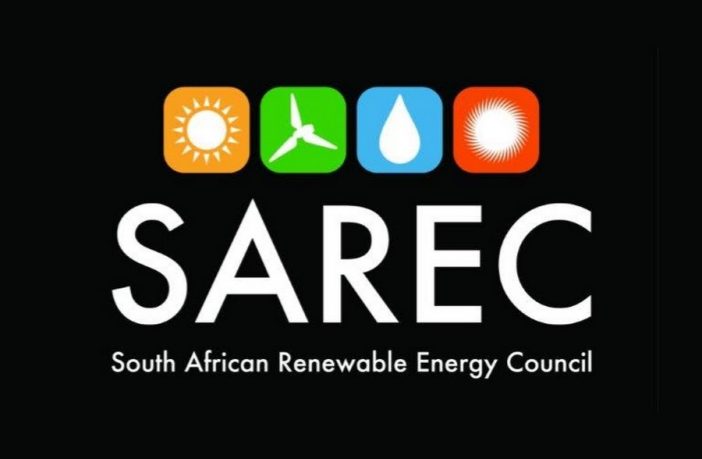- South African Renewable Energy Council (SAREC) has responded to Eskom’s statement that expenditure on Independent Power Producers (IPPs) accounted for 25% of primary energy costs, despite supplying only 5% of the power grid’s energy requirements.
SAREC points out that the primary energy costs as stated by Eskom include only marginal fuel costs, and not the initial and replacement capital expenditure Eskom has to incur on its fleet. Furthermore, the tariff paid by Eskom to IPPs is not a primary energy cost, but is an all-inclusive cost, which includes capital expenditure.
SAREC explains that the cost of primary energy (cost of coal, plus diesel, plus uranium nuclear fuel delivered to Eskom’s stores) prior to any processing and conversion into electricity, cannot be compared with the cost of the finished product (electricity) delivered into the Eskom grid by IPPs.
Eskom has contracted various IPPs to supply power to the national grid and that these include peaking plants, which use diesel and/or gas (on a take or pay basis), and Renewable Energy (RE) suppliers as well. The RE sector does not contribute to Eskom’s primary energy fuel costs as their fuel sources are free and are obtained from the sun, wind, biomass and water.
Eskom has been awarded full tariff cost recovery by Nersa for all power from IPPs. As such, Eskom is not subsidising its purchases from IPPs with income generated from its own generation activities. IPPs also fund any upgrades that are required to the grid to ensure that their power is evacuated and services the country as a whole.
SAREC acknowledges the role played by the RE sector and as stated by Eskom:
Our power stations use natural capital, in the form of coal, liquid fuels, nuclear fuel (uranium) and water, as primary energy inputs in the process of generating electricity. This process results in waste, such as gaseous and particulate emissions, ash and nuclear waste, thereby negatively impacting natural capital. In an effort to reduce our impact on the environment, we are gradually transitioning to a cleaner energy mix, with renewable energy mainly provided by IPPs, and clean coal technologies. We still await finalisation of the revised IRP by the newly combined Department of Mineral Resources and Energy, which will provide a view of the country’s desired energy mix and Eskom’s future role.
Further to this, Eskom has highlighted and supported the RE industry:
Energy supplied by IPPs helped to avoid or minimise the impact of rotational load shedding. IPPs deliver energy directly to the distribution network, thereby reducing the load on higher capability transmission lines, thus reducing transmission losses, while increasing distribution losses.*
Author: Bryan Groenendaal











